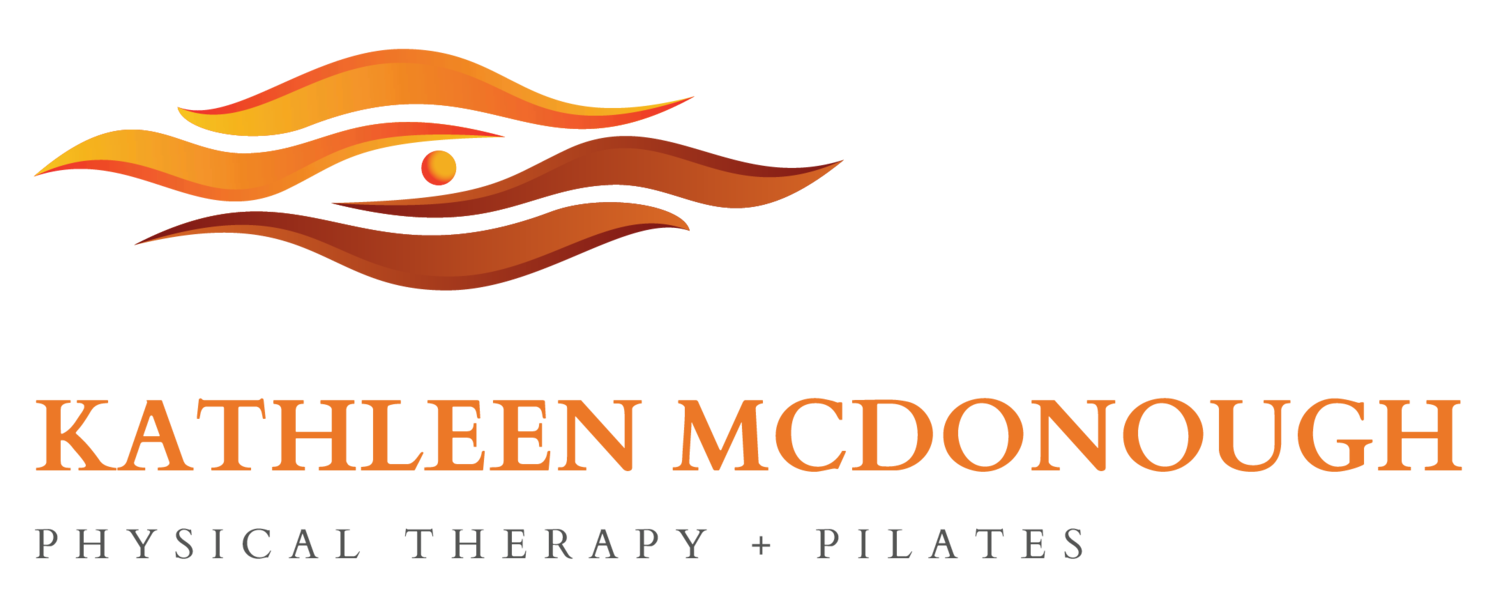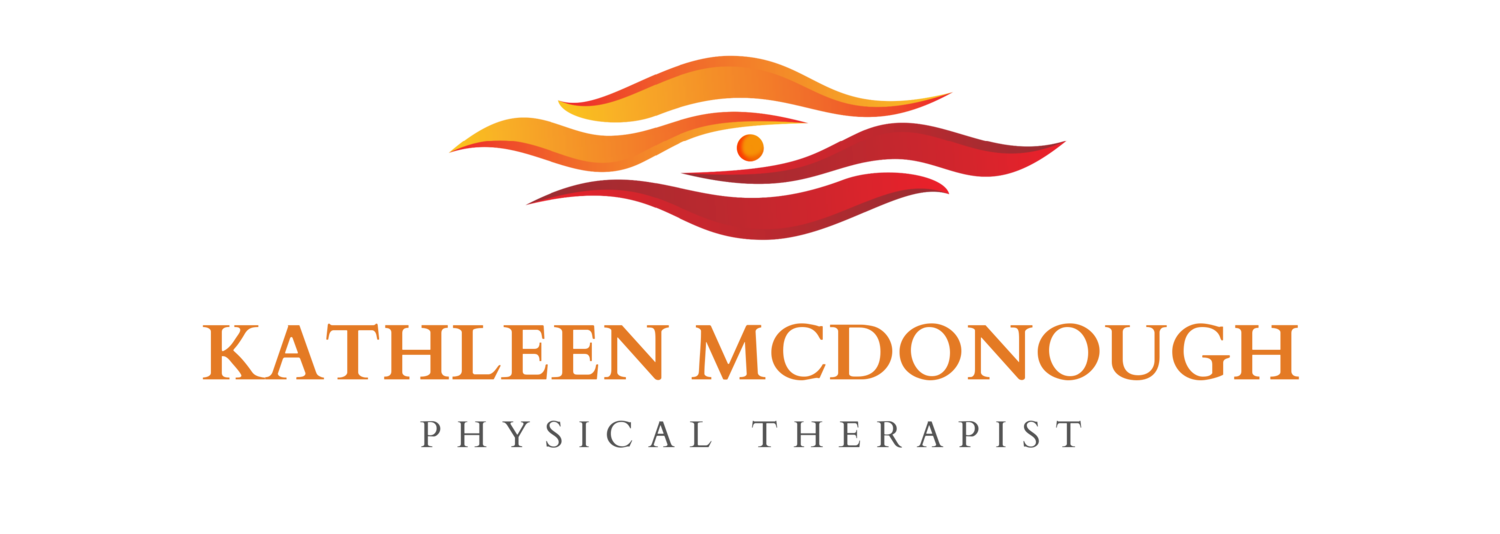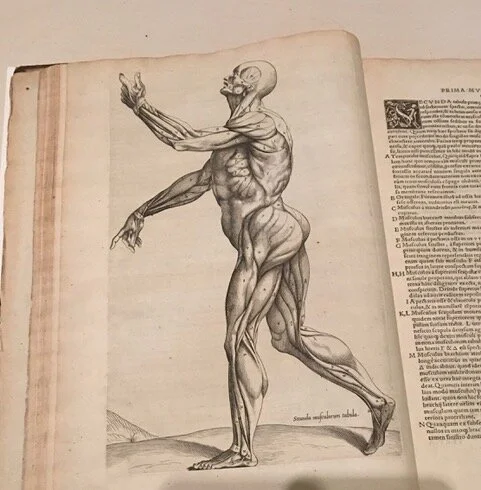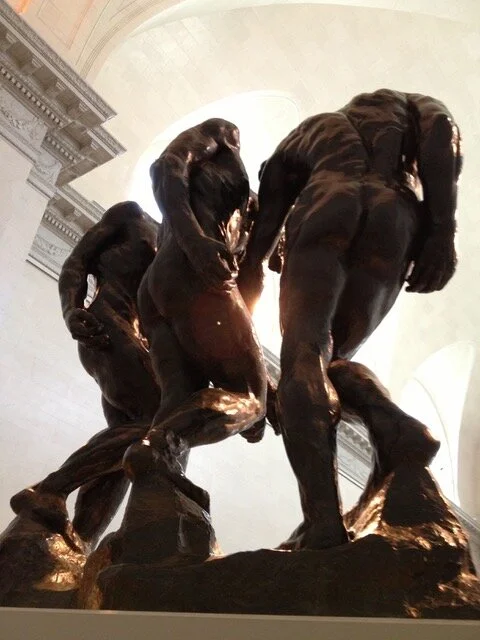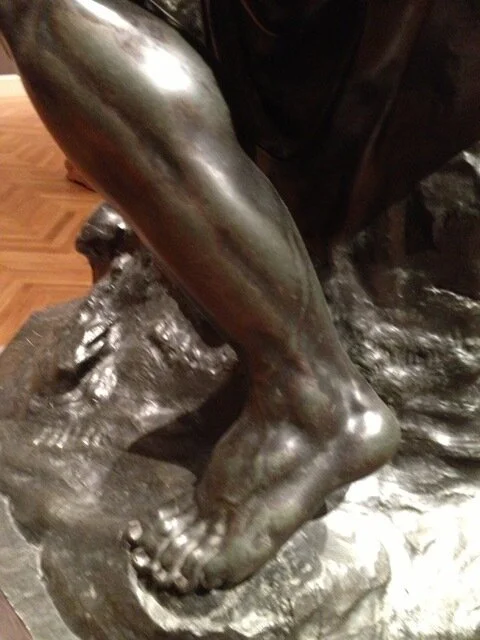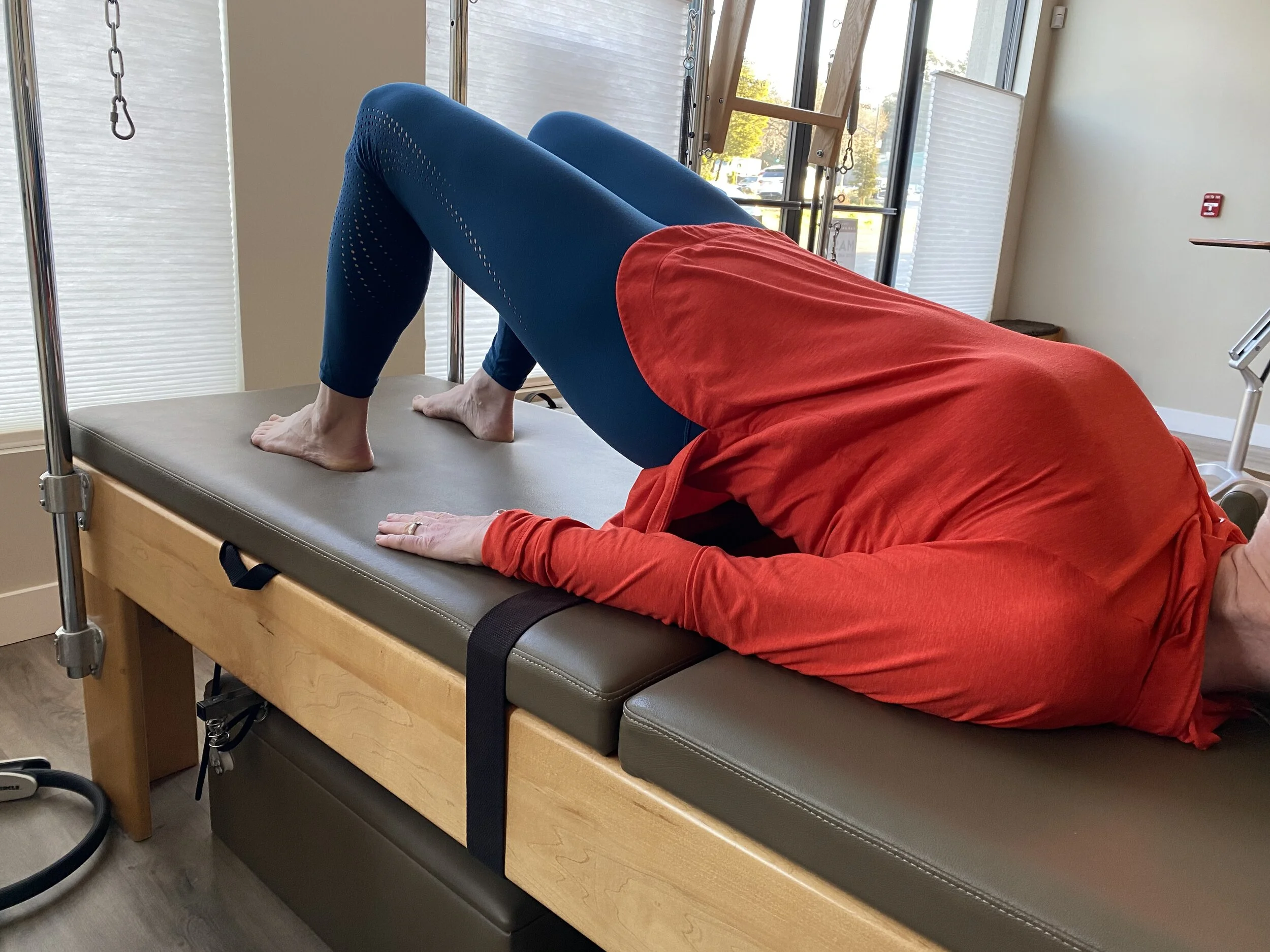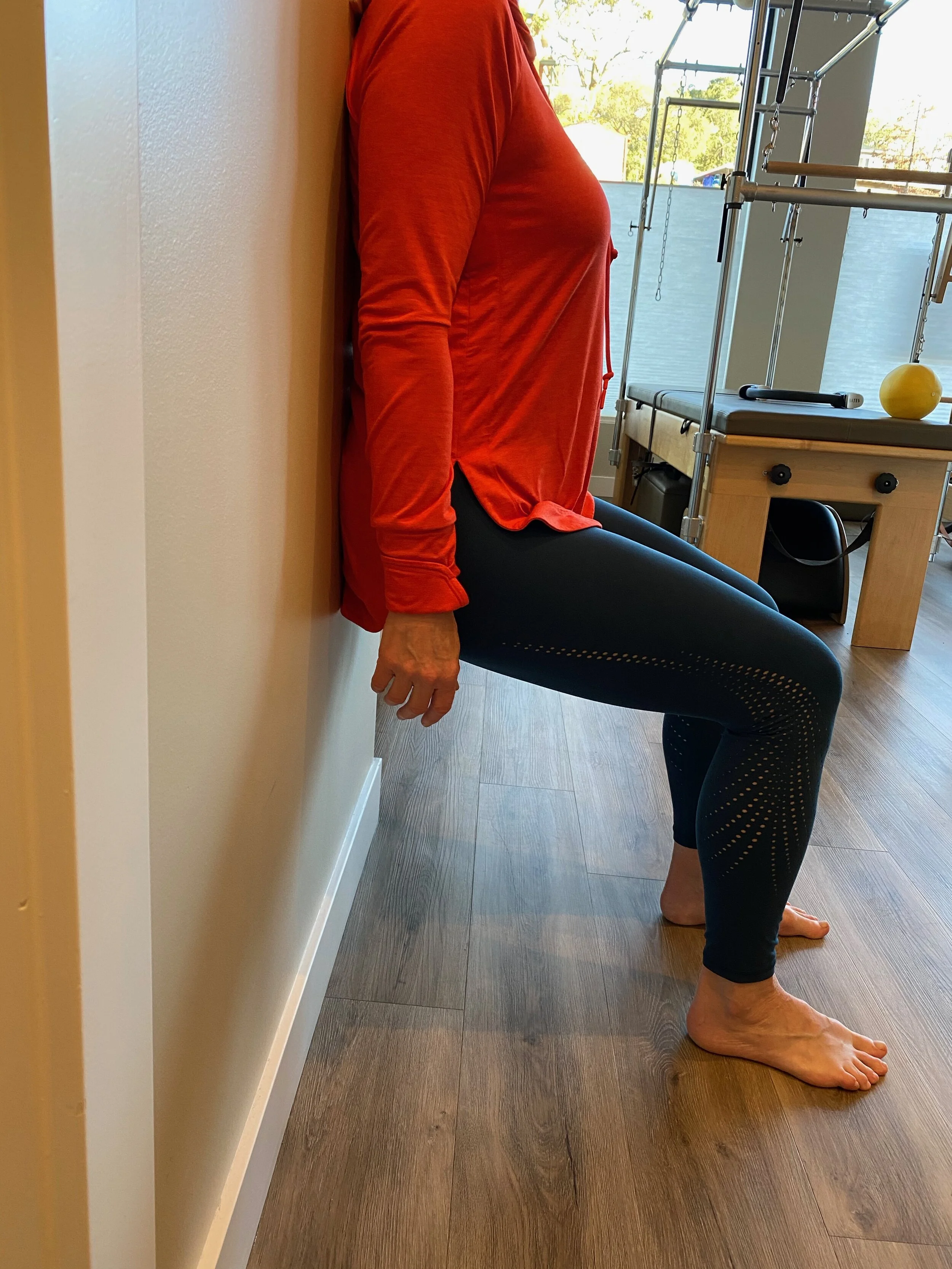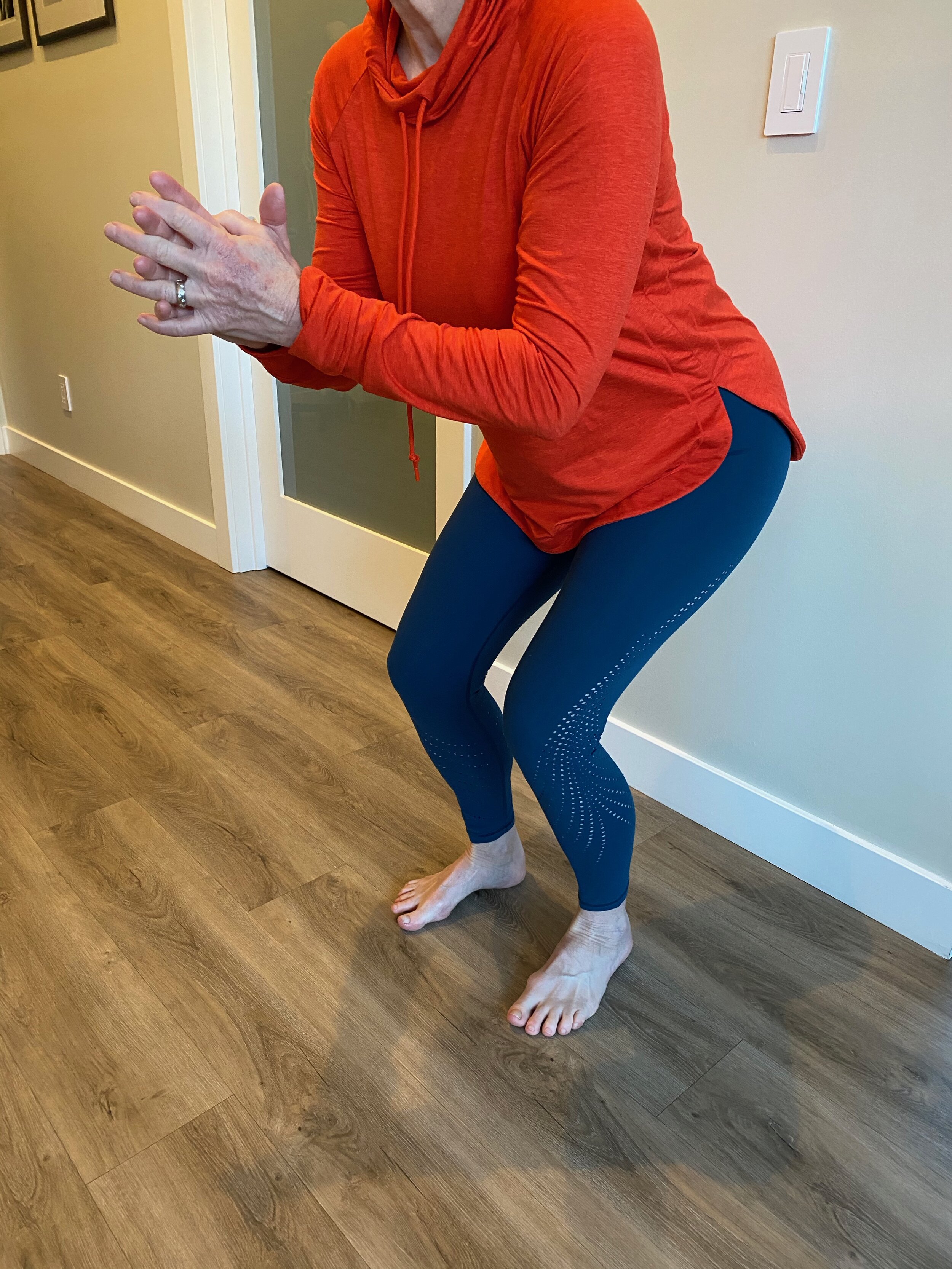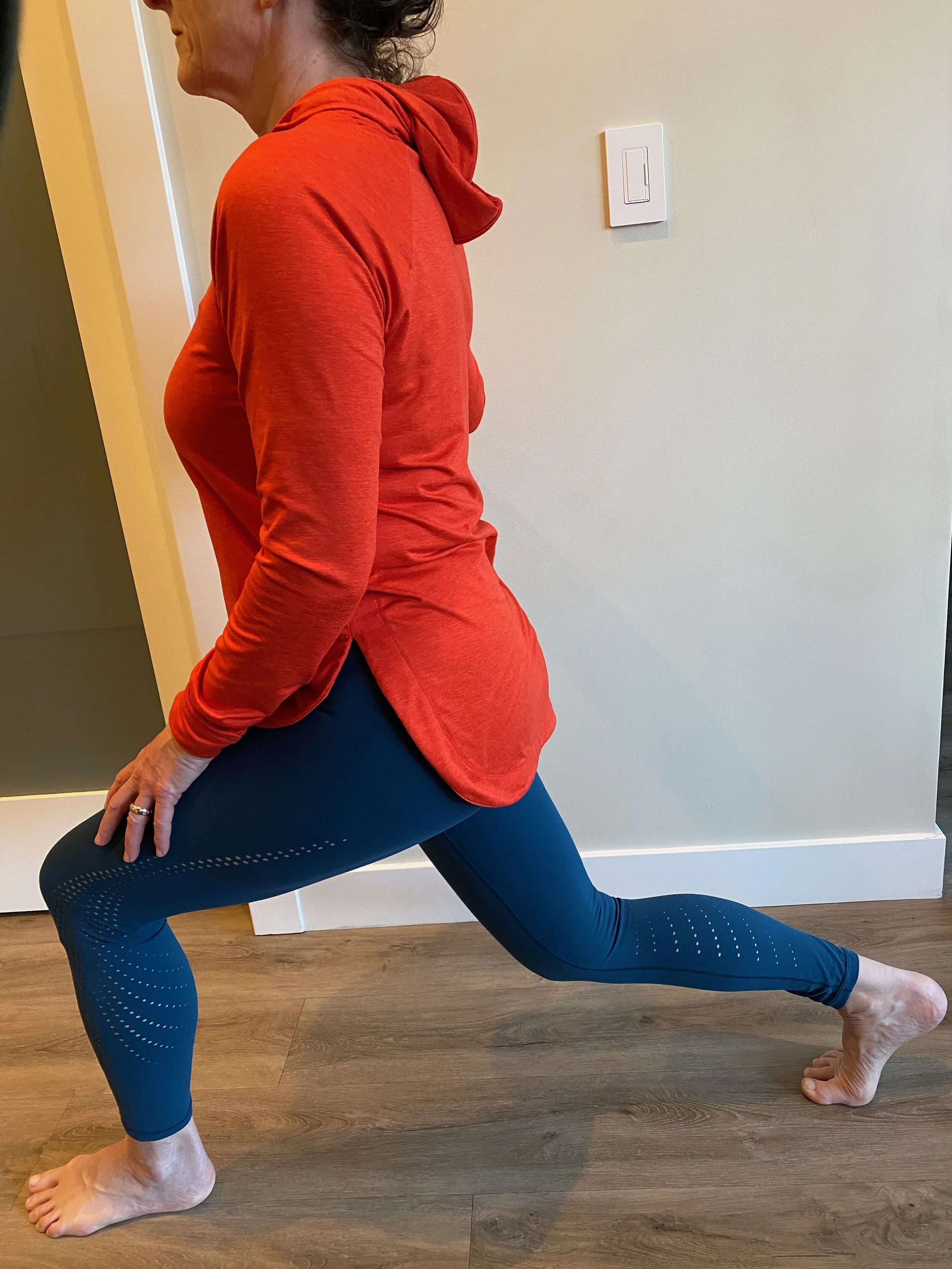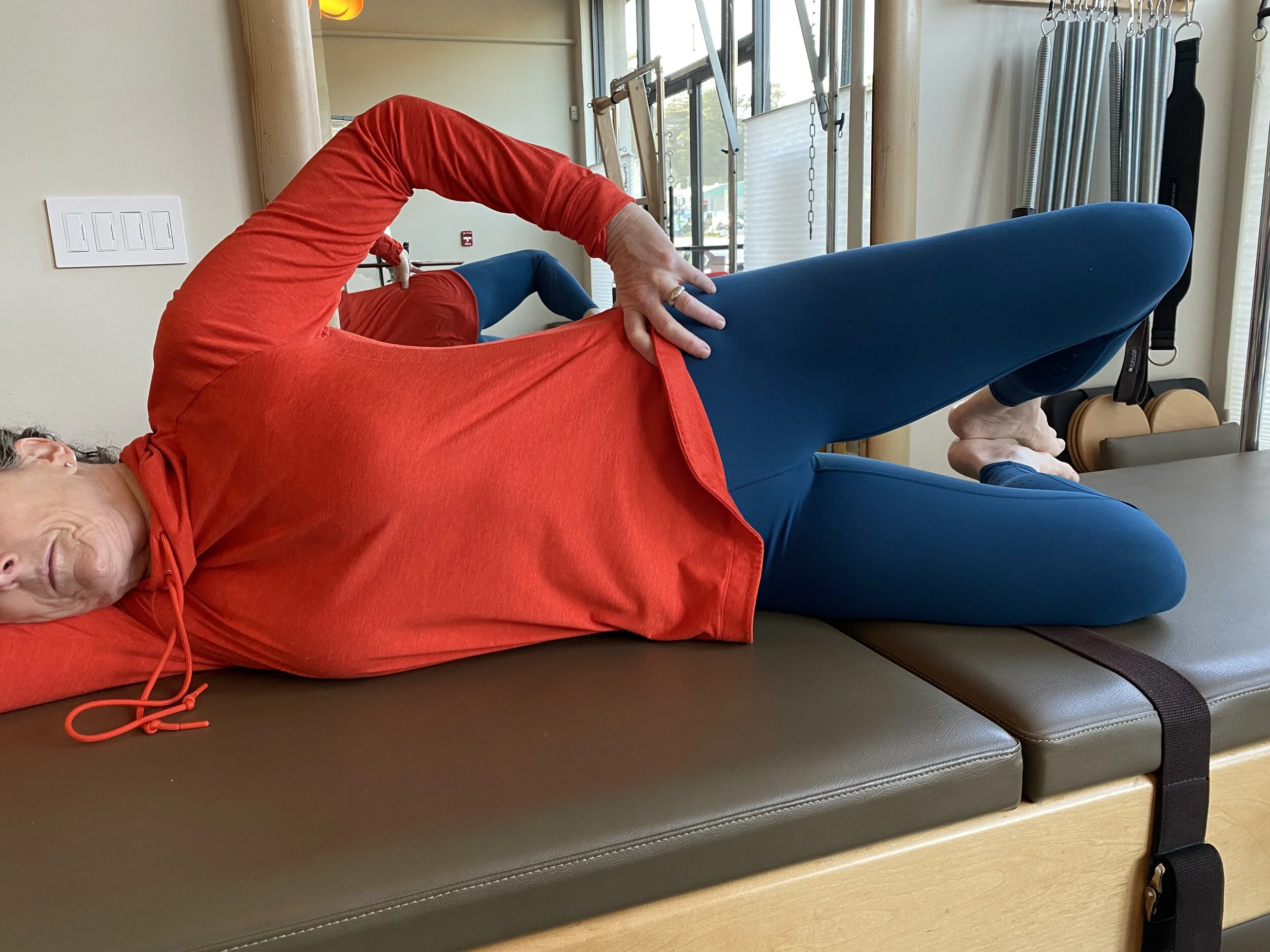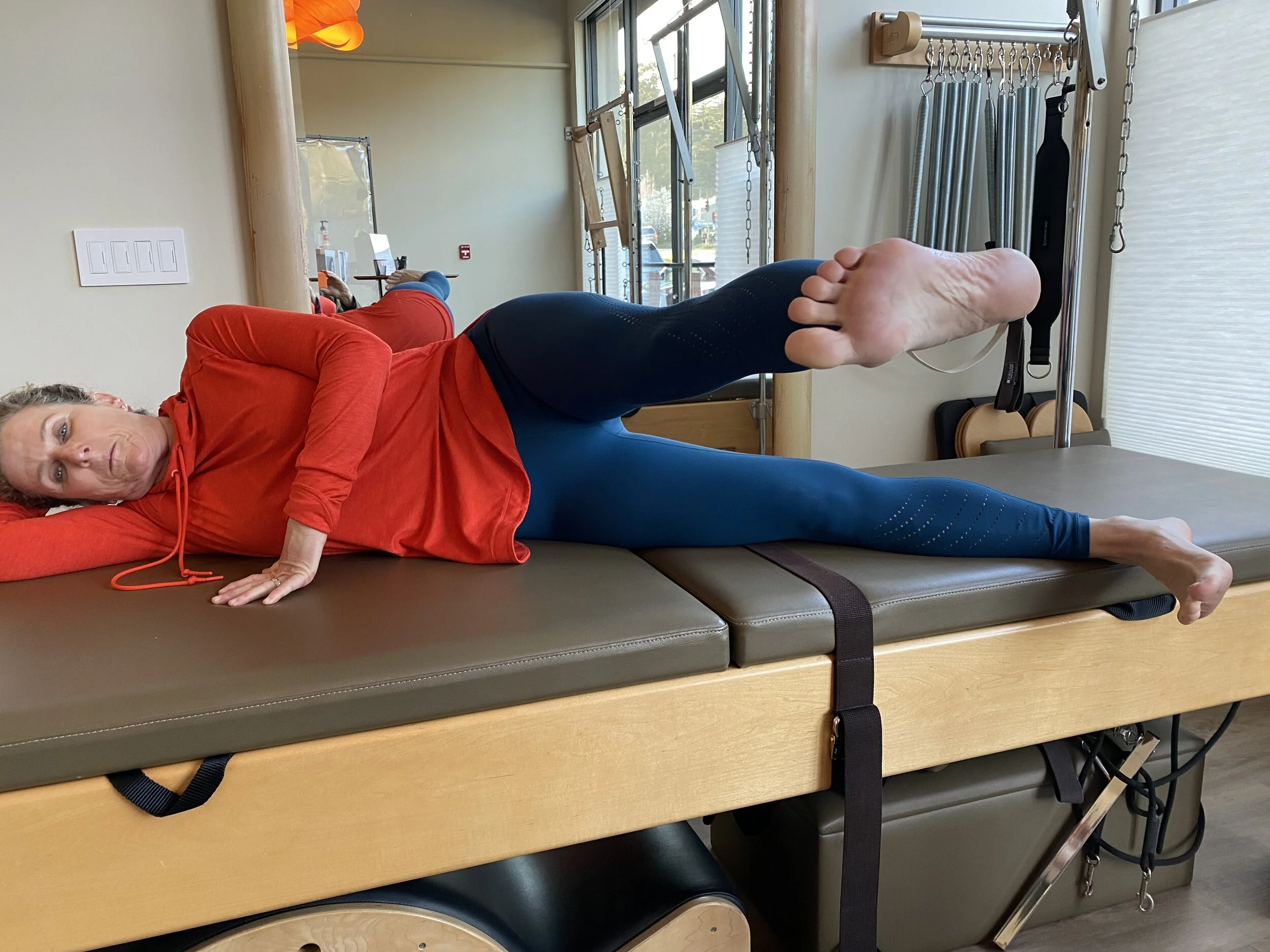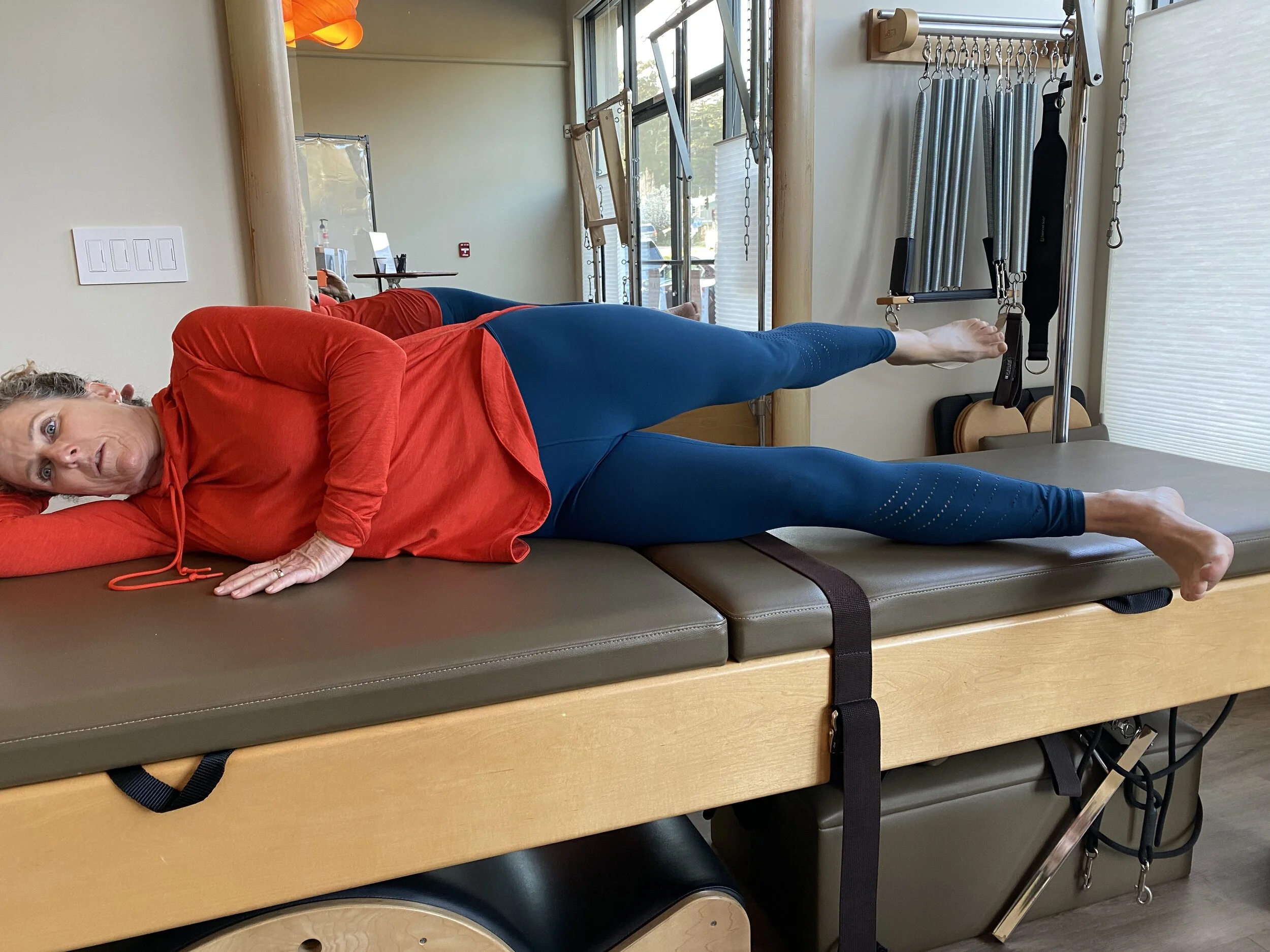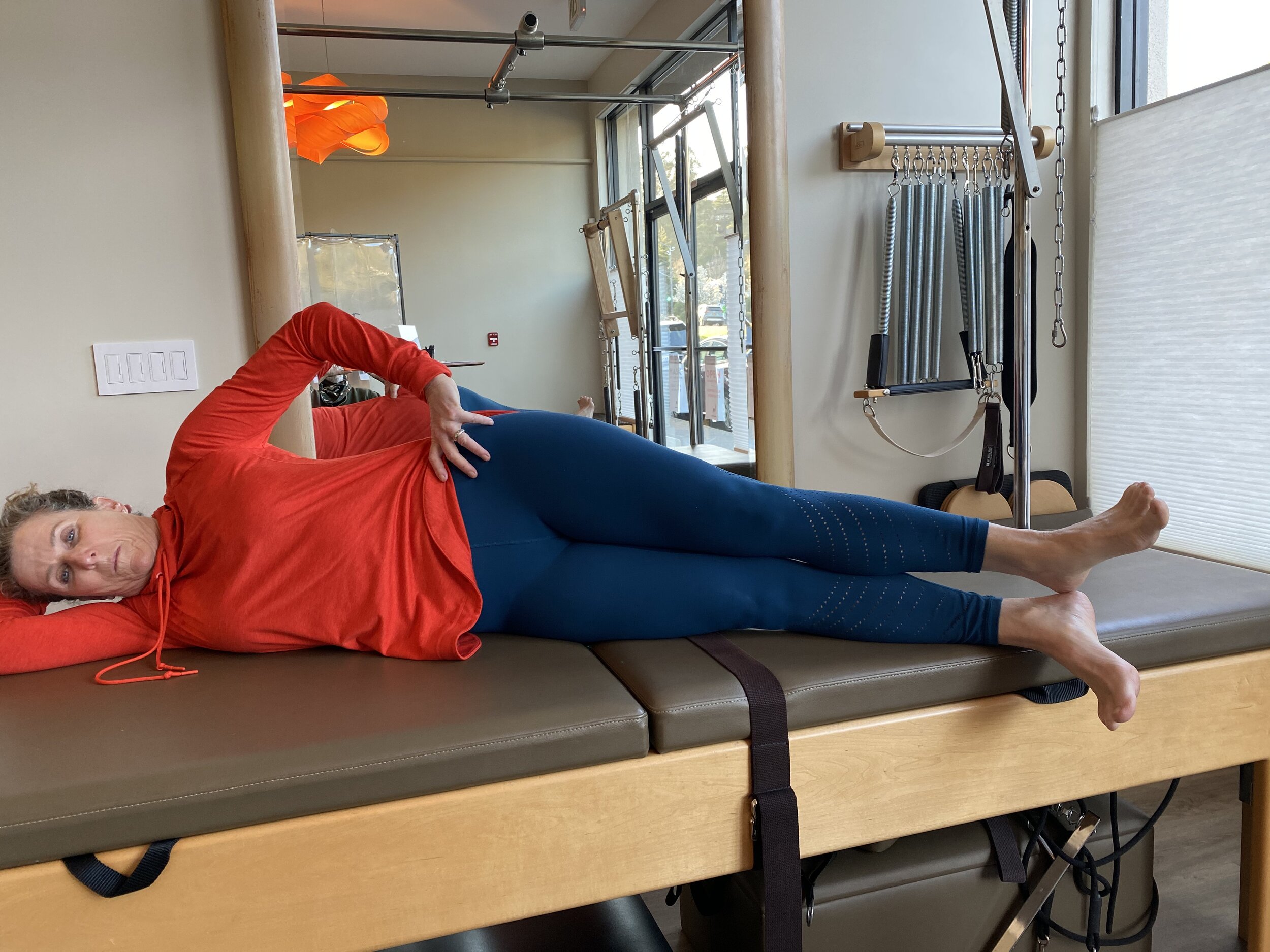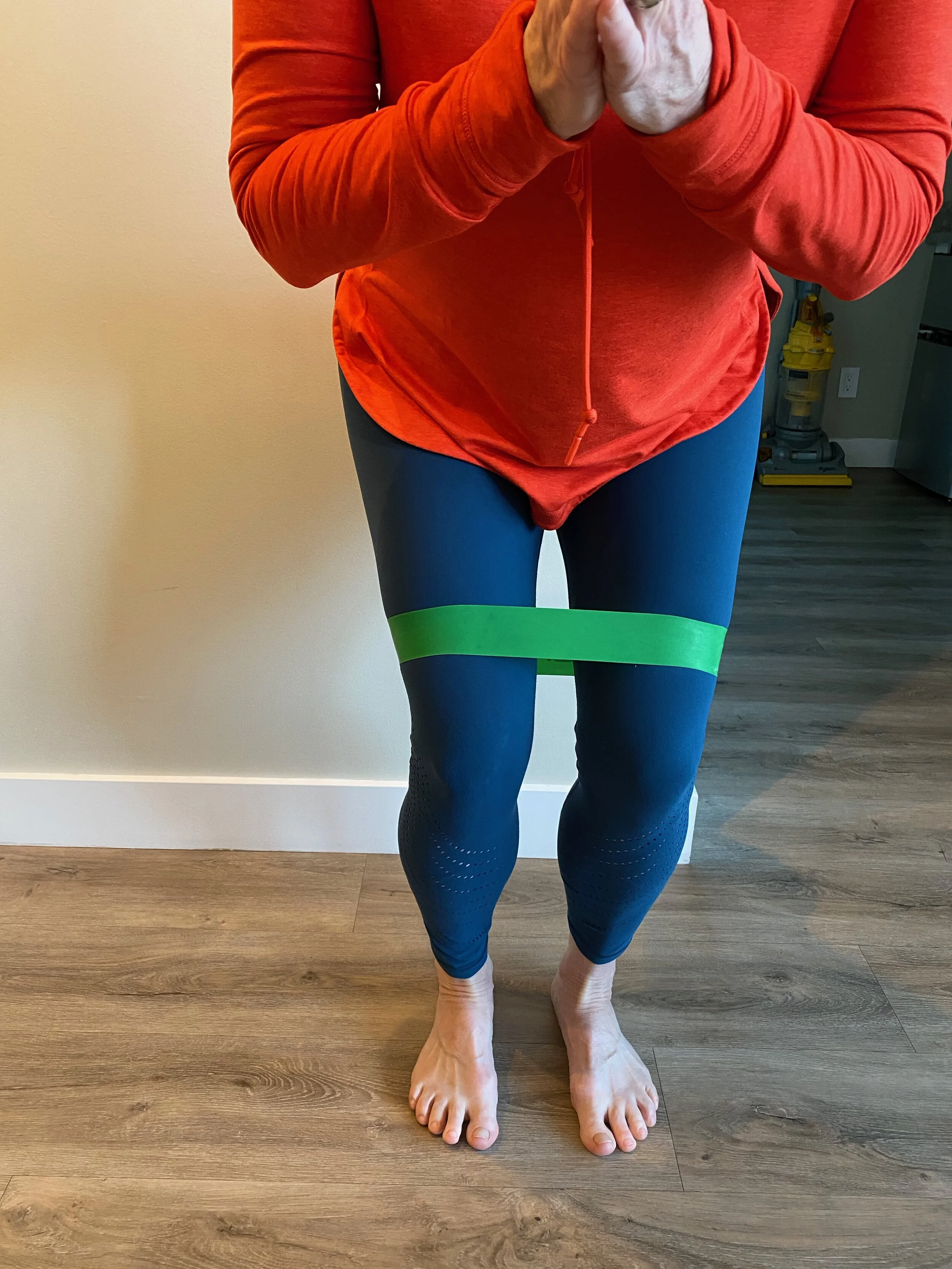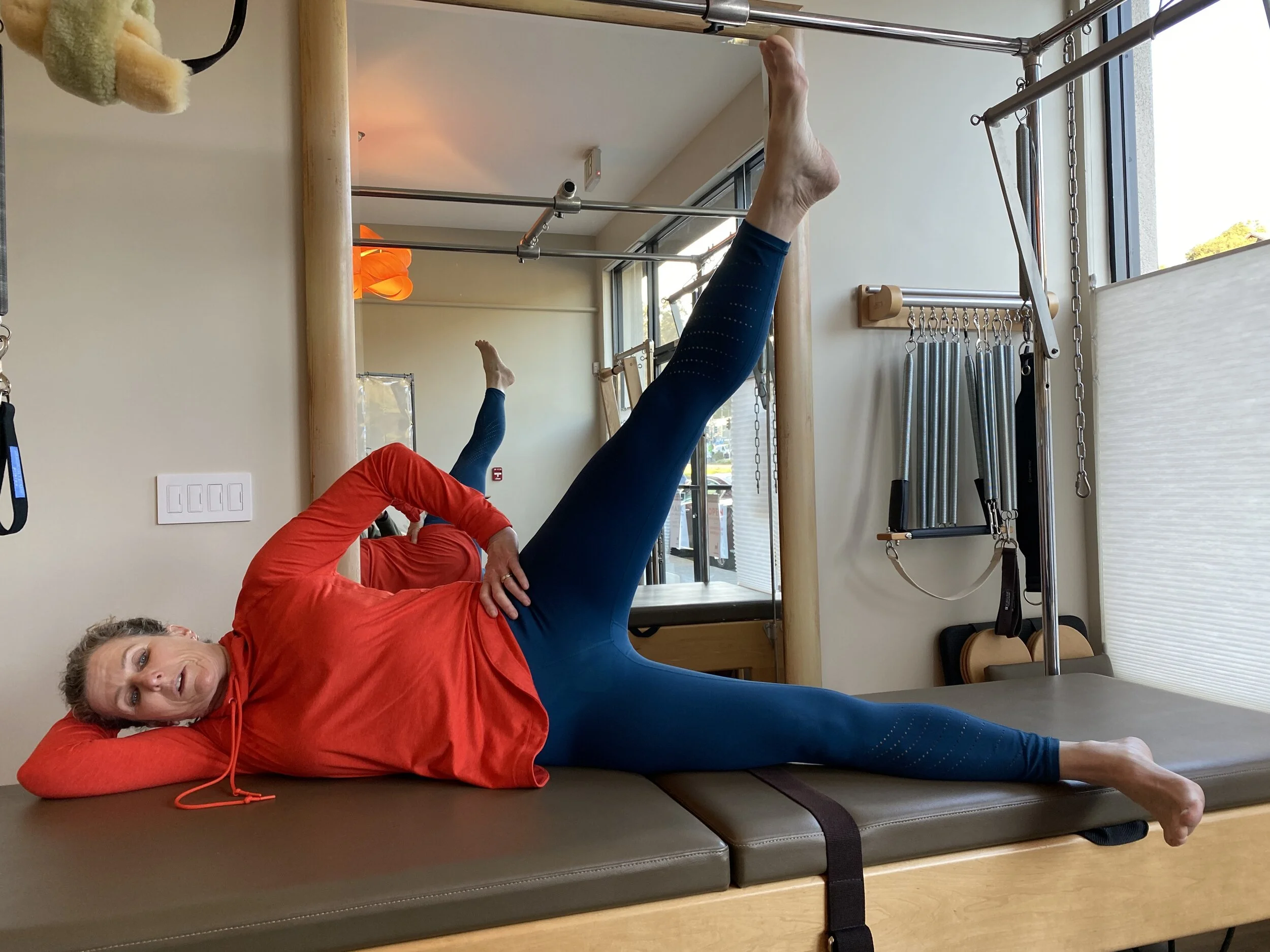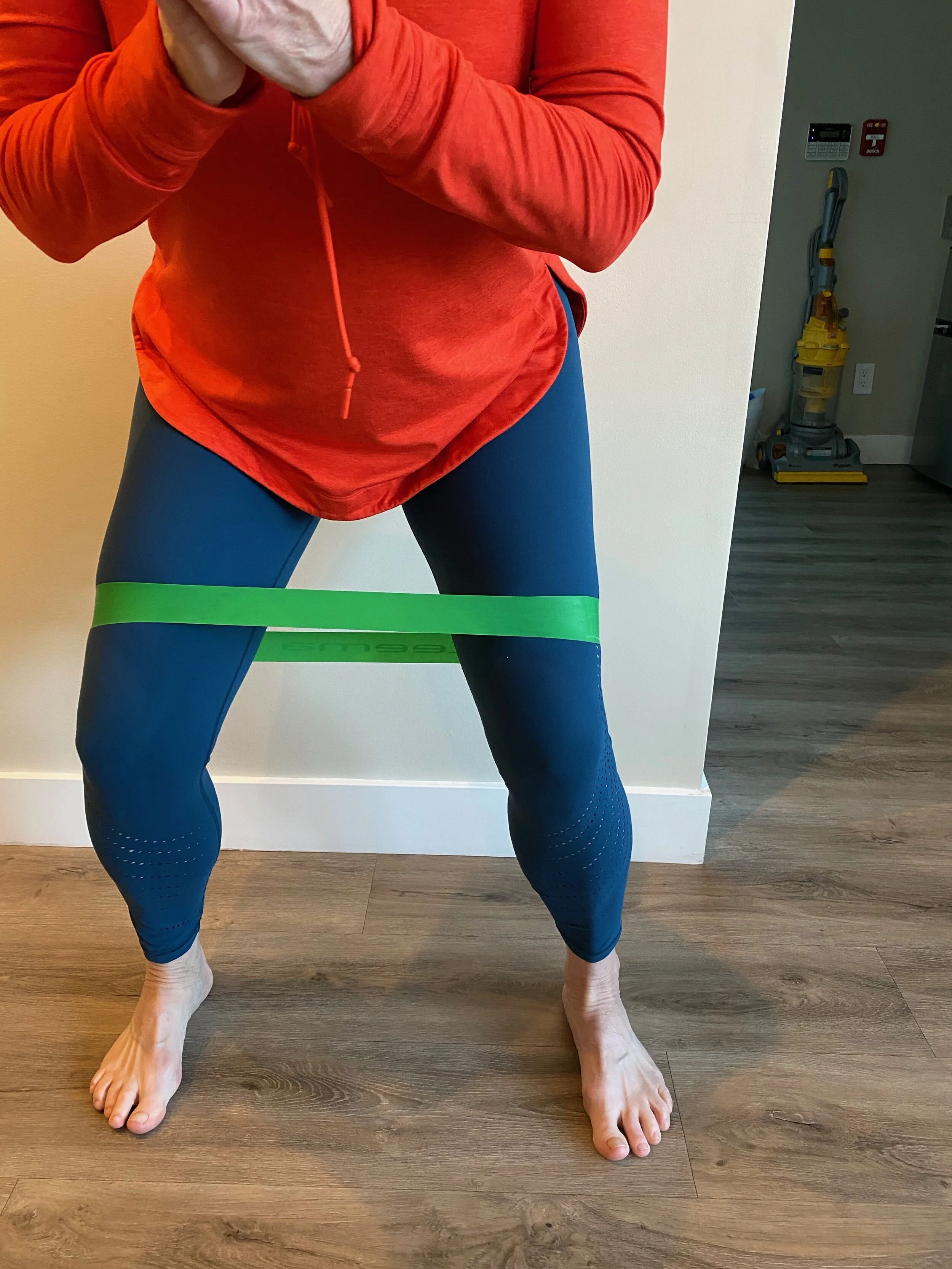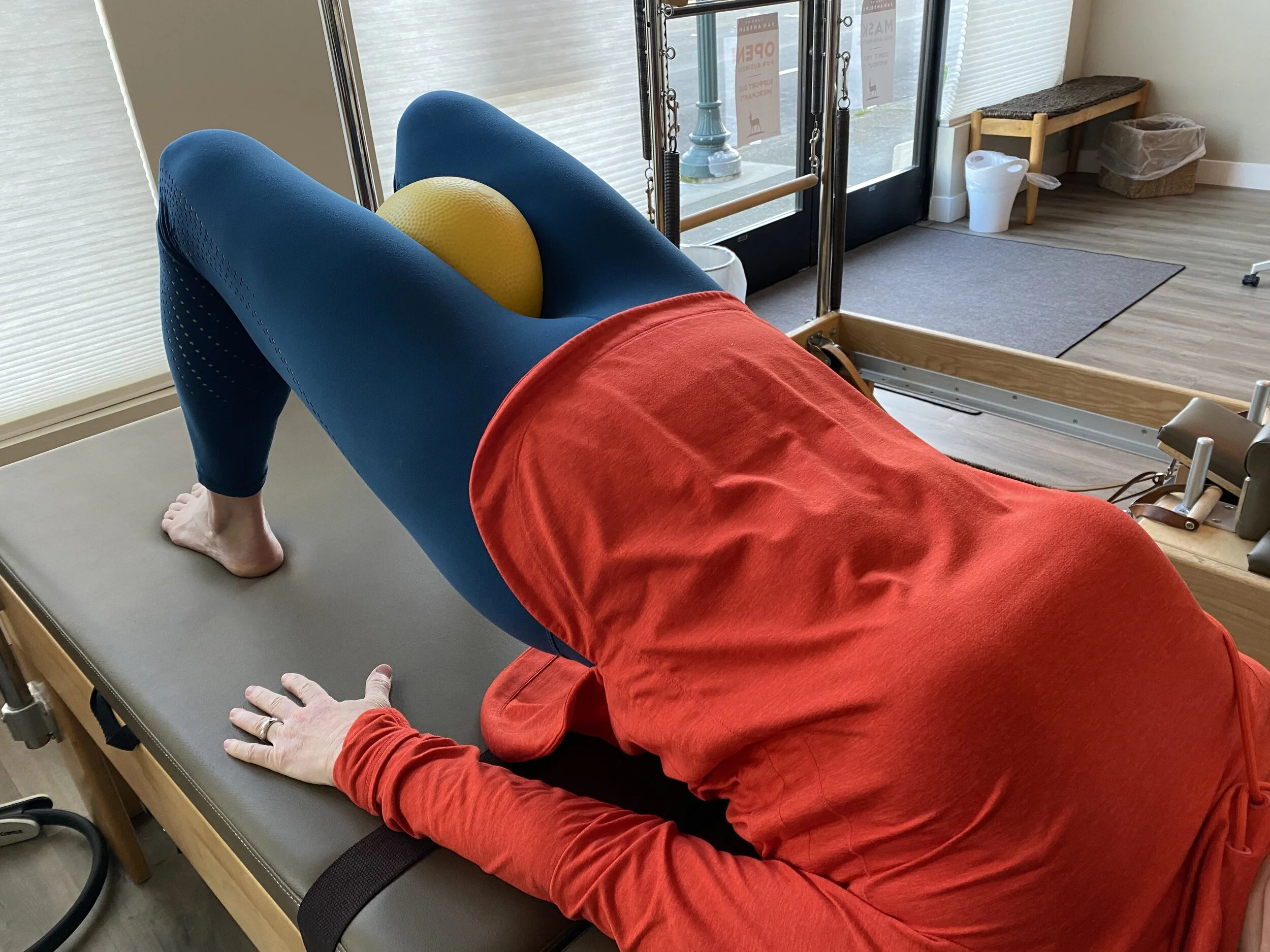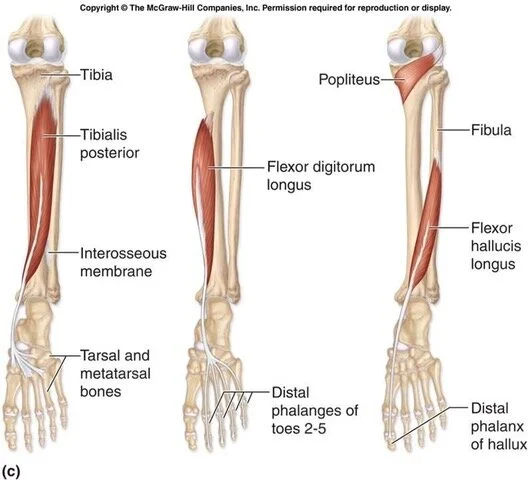Part II – The Fabulous Foot & Your Wonderful Hips
In part 1, Your Fantastic Feet, I talked about the wonderful piece of engineering our feet are and how we need to use them as nature intended. As the discussion continues, what I am really addressing is locomotion. In other words, how we walk and run. So, in this second part, I'm going to talk about the hip joint and the muscles around it.
Let’s start with a little background information about muscles:
Muscles 101
Muscles work together very cooperatively to produce and allow movement. While one muscle shortens and contracts in one direction, another muscle (or muscles) on the opposite side of that joint are lengthening/relaxing at the same time. We refer to the muscle that is contracting as the agonist. Whereas, we call the muscle that relaxes is referred to as the antagonist. For example, when you bend your knee, your hamstrings contract/shorten, while your quads relax/lengthen. When you straighten your knee, they switch roles. That is, your quads become the agonist, and your hamstrings the antagonist.
It also helps to understand what your core muscles are. Some people think they just refer to your abdominal muscles. But they include the muscles that attach to the spine and ribcage. This includes the muscles in your back, chest, shoulder girdle, and your pelvis. They transfer force to the extremities of your body. The more stable support your core muscles provide, the more efficient and powerful your movements will be.
Muscle Strength
Ever look at the Rodin sculptures or other historical anatomic artwork? Those bodies had calves, hamstrings, and BUTTS!
Those muscle groups help to get us up onto our feet and to run away from what threatens us. Strength plus flexibility in our hips and use of the muscles that are close to our stable, strong core musculature, are how our body is designed to work. However, as we have become more sedentary and sit more, we use the muscles that extend the hip less and less. Therefore, the antagonistic muscle groups – the hip flexors -become tighter.
Doing exercises that strengthen the hip extensor muscles on the back of the hip, such as bridges, squats, lunges will also help to dynamically stretch the antagonistic hip flexors on the front of the hip.
If your hips are not strong enough with good muscle balance in the muscles that move your legs, then you might be putting extra stress on your knees as well, wither by allowing your knees to roll inward (see below on medial collapse), or improperly shifting the work of the hips to the quads. I will talk more about this in part III.
The hip abductor muscles, on the side of your butt, will help to keep your thigh in line with your hips as you walk or run and protect against “Medial Collapse”
Clams, side leg lifts (Side Kicks in Pilates-speak), sidestepping squats, or “Monster Walks”, and Resisted Bridges are good exercises for the abductors.
Even the adductor muscles (that bring our legs together) can be lacking in muscle strength or coordination. I see this in post-partum women who, years after the baby is born still walk with a waddle, or in fellas with a bit of a beer belly.
Squeezing a ball (about 9 inches) or a pillow between your knees while doing a bridge will help to tone these muscles while strengthening your hip extensors and dynamically stretching your hip flexors.
Muscle and Joint Flexibility
The more sedentary we have become, the tighter our hip flexors and calves, and the weaker our hips have become.
Healthy hip joints (and any joints really!) need to be moved through a full range of motion to keep the articular cartilage nourished and healthy. Articular cartilage is the smooth, white tissue that covers the ends of bones where they come together to form joints. If you have limited hip range of motion, some areas of the cartilage surface may not be getting nourished, which can then lead to hip joint degeneration, often necessitating joint replacements later in life.
If you sit at a computer for many hours per day and then get up, put your running clothes and shoes on and go out for a run, I would bet that you are not running with a safe, efficient stride. Your thigh needs to be able to move slightly behind you as you push off. If your hip flexors are tight, you might be yanking on your low back. If your hamstrings are tight, you might be yanking on your back in a different, or additional way. You may also be working too hard through the front of your hips and thighs, and putting extra stress on your knees.
The focus of this article is hips, but Part I of this blog was all about the fabulous feet. I should mention that problems walking and running can arise if you have inadequate muscle flexibility in the calf muscles (or the foot and ankle joint complex), and therefore you may lack the ability to load weight and transfer it through your foot for a good strong push-off. Tight ankle and foot joints or tight calf muscles can contribute to toeing out and loading improperly through your arch or stressing the Tibialis Posterior muscle (see photo ) which can progress to shin splints, or placing improper stress on your big toe joint, leading to, or worsening bunions.
Stretching
Dynamic stretching, or stretching with movement, is when one muscle group relaxes due to the contraction of its antagonist, (opposite-functioning) muscle. This is different than static stretching. With static stretching, you hold a stretch without any muscular work (basically prop yourself and lean into the stretch). One of my favorite Pilates teachers, Amy Alpers, co-founder of The Pilates Center in Boulder, CO once asked, “Have you ever seen a horse put one leg up on a fence, lean forward, and stretch?!” While static stretches can sometimes be useful, they are not what we see with movement in nature, do we?
Dynamic stretches, on the other hand, improve speed, agility, and acceleration. They move a joint through its full range of motion. They are the ticket for improving hamstring, quad, hip flexor, and calf muscle flexibility. Modern science has recognized that dynamic stretching is a more effective and efficient way to stretch. Incidentally, dynamic stretching is exactly what Joseph Pilates knew almost 100 years ago. This is how animals move naturally, and what we teach in the Pilates Method.
Conclusion
Walking and running are natural, primal activities. Just about anyone can go for a walk or put on their running shoes and go get a nice workout. 70% of us say that walking is our primary form of fitness. Fitbit says that running is the most popular activity around the world. However, we have become more sedentary (especially with sheltering-in-place due to COVID19). Increased sitting, especially with poor or makeshift ergonomics has physical consequences. It can make running and walking more difficult or sub-optimal. (See my blog on Working From Home). It is important to keep your fabulous feet and your heavenly helpful hips working as nature intended. This means maintaining good joint range of motion and flexibility, good strength, and coordination of all of our moving parts!
Stay tuned for Part III of this series. I will be discussing minimal style running and running shoes, as well as successful transitioning to a minimal shoe.
Sincerely,
Kathleen McDonough, PT, MA, MCPT
Contact Us
